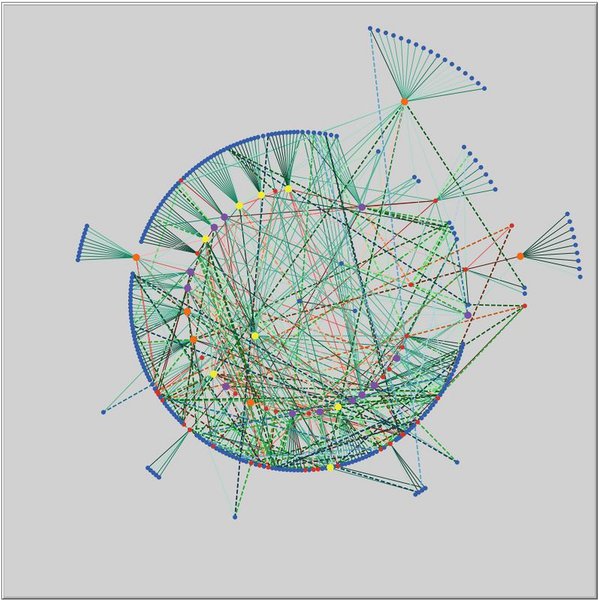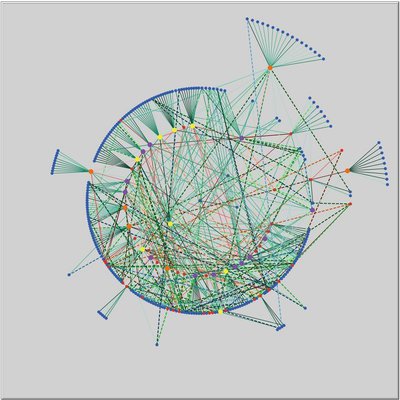A social network model to analyze team assembly mechanisms 1.0.0
This model investigates networking mechanisms of a social network that has empirical evidence due to a project conducted in a Styrian region, Austria. The model type is exploratory, because it simulates the processes relevant to enhance collaboration between initially small project-related teams. The empirical project aimed to strengthen well-being among its inhabitants, in a region that struggles with demographic and mobility problems.
The theoretical modeling background is given with “Team Assembly Mechanisms” by Guimera et al. (2005) and made available as a NetLogo model by Bakshy and Wilensky (2007). This initial model has been aligned to the specific needs of the empirical project.
The question that will be raised with the model is: is there ultimately a large connected network or is the network a fragmented one with numerous untied clusters? In trying to answer this question the following steps have been implemented: (i) two types of agents (team leaders and team members of a project in the Styrian region) will be stochastically selected as agents who are willing to cooperate; (ii) events (workshops, informal meetings, etc.) are introduced as face-to-face opportunities to collaborate with other team leaders or team members; (iii) emerging network relations differ according to the nodes’ characteristics (team leader – team leader, team member – team member, team leader – team member) and the edges’ characteristics (intensity of collaboration); (iv) the number of events is used as a break variable to investigate network structures determined by the frequency of collaboration opportunities (ranging from one meeting to biweekly meetings over the entire simulation period of three years). Analytical priorities are directed to (i) relationships between network- and place-geographies, and (ii) the production and dissemination of social capital.

Release Notes
Version 1.0
